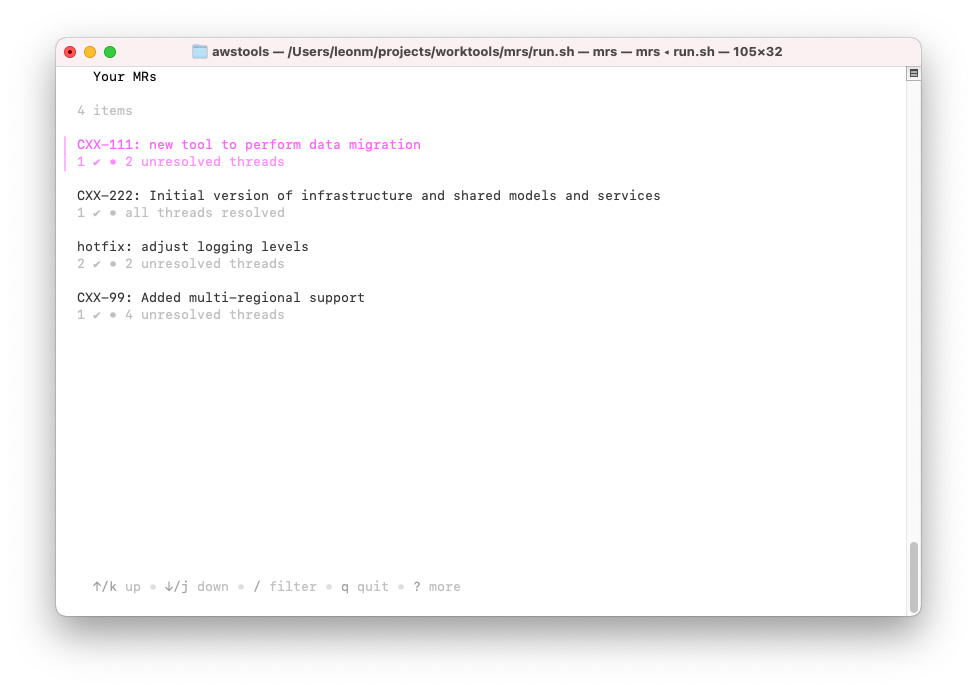-
Building F5 To Run
At the risk of talking about something that I’ve only just started, I’d thought today I write about what I’m working on right now. I’ve been going through my digital archives this weekend, trying to get it into something more permenant than the portable USB drives it’s currently stored on. Amongst all that stuff is a bunch of QBasic apps and games I wrote way back when I was a kid. Continue reading →
-
What would be a nice addition to the spell-check suggestions menu is a brief (3-5 words) definition of the word. I always find myself choosing the wrong suggestion, and a feature like this would help a lot.
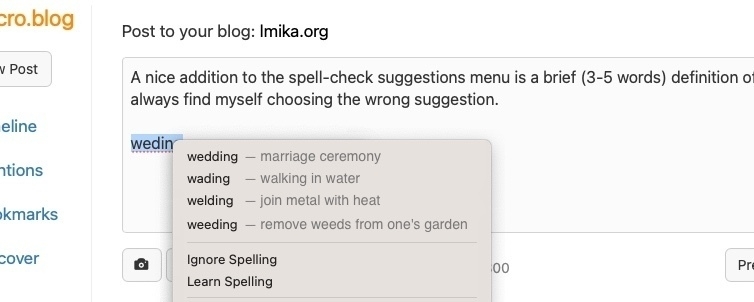
-
Updating Bocce Scorecard
I didn’t get to a lot of side-project work this week, but I did have to make a large change to a project we use to track scores for our “bocce club”. So I’d though I’d say a few words about that today. We had our bocce “grand final” a few weeks ago, and one of the matches resulted in a tie between two players. Unfortunately, the Bocce Scorecard web-app I build could not properly handle these, which meant that I had to fix it. Continue reading →
-
Getting some pretty strange spam emails sent to my Gmail address (which I still use). It’s the same badly formatted multi-MIME message body with different From and Subject lines. They’re trying to get… something from me? Logins, maybe? Worst phishing attempt ever!
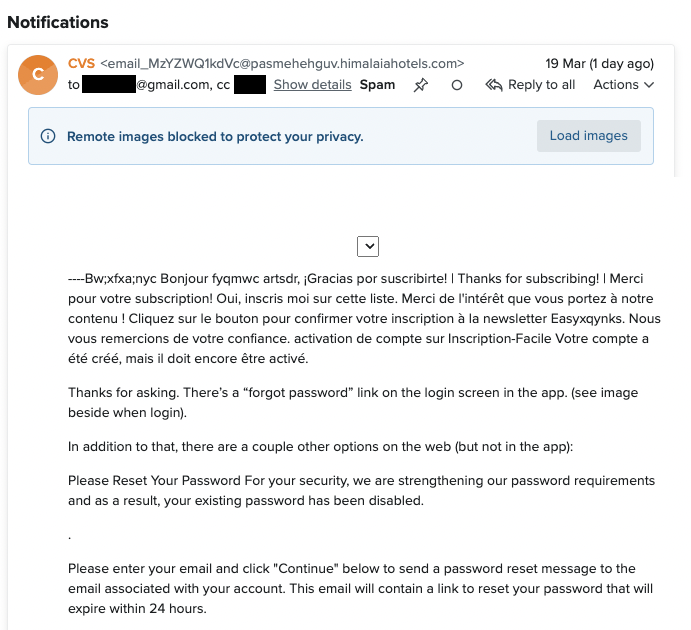
-
Updates To Dynamo-Browse And CCLM
I started this week fearing that I’d have very little to write today. I actually organised some time off over the weekend where I wouldn’t be spending a lot of time on side projects. But the week started with a public holiday, which I guess acted like a bit of a time offset, so some things did get worked on. That said, most of the work done was starting or continuing things in progress, which is not super interesting at this stage. Continue reading →
-
Follow-up from my earlier post about ChatGTP this morning, it turns out I probably should’ve RTFM:
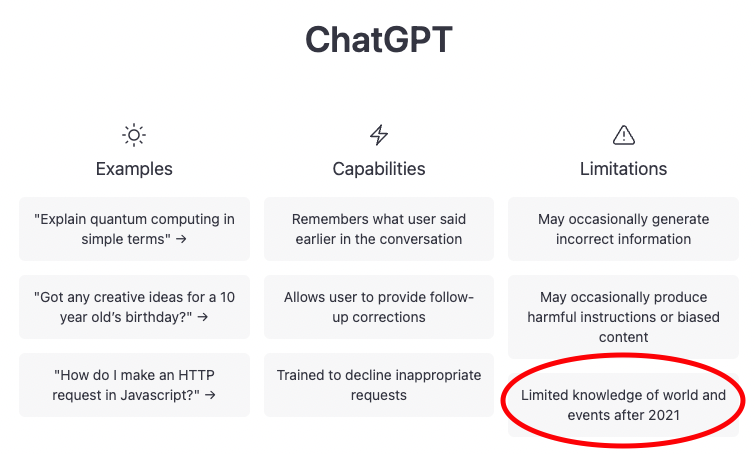
Thanks to @andreab@social.lol for the tip.
-
Remember in Gödel, Escher, Bach when they were saying that a (then) theoretical AI is less like a calculator and more akin to the human mind; and just like the human mind is likely to produce errors in the answers it gives? Well…

For reference, macOS Ventura is the current latest release.
Update: Turn’s out the reason for this is that ChatGTP’s data-set only goes back to Nov 2021. See follow-up post.
-
Here’s a bit of a blast from the past. I managed to get ccedit working again. This was the original level editor for workingset.net/2022/12/2… my Chips Challenge “fan game” I’ve been working on.
I’ve been designing a few levels for it recently, but since moving to a new Mac, the level editor I was using was going to be difficult to port. It’s QT application and the QT bindings were a pain to setup, and I rather not go through that again. I was using a Mac at the time I started working on it, but I wasn’t yet ready to go all in on MacOS. So to hedge my bets, I decided to go with QT as the UI toolkit.
This was 5 years ago and I’m unlikely to go back to Linux, so choosing QT was a bit of a bad decision. I think if I had my time again, I’d go with something like AppKit.
Anyway, the level editor still works but I have to log into a screen share to use it. I’d like to be able to edit levels on the machine I’m using now.
The code for the original level editor was still around but it hasn’t been touched in ages. It’s basically an SDL application — the same graphics library I’m using for the actual game itself — and the SDL v2 bindings I’m using are still maintained, so updating those were quite easy1.
One thing I did have to pull out was the Lua VM2. The editor was using old C Lua bindings. Better Lua VMs written in pure Go are now available, so I didn’t want to keep using these old bindings anymore. In fact, I didn’t want to use Lua at all. Lua was originally used for the level scripts, but I replaced this in favour of another language (which is no longer maintained 😒, but I’m not changing it again).
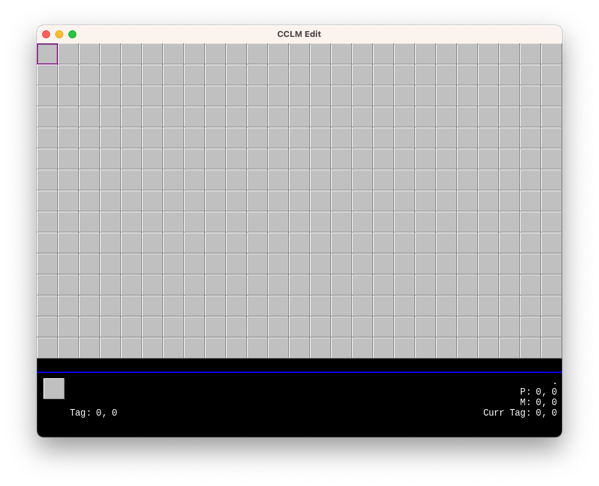
The original CCLM Editor So far the editor boots up, but that’s about it. I can move the cursor around but I can’t add new tiles or load existing levels. There seems to be some weird things going on with the image name lookup. I originally thought image name were case insensitive, but after looking at the image name lookup logic in the game itself, I’m not so sure.
How much time I’d like to spend on this is still a bit of a question. It all depends whether I’d like to release the game itself in some fashion. There are still questions about whether I’m allowed to, given that the graphics are not my own. Still need to think about that.
But in any case, good to see the old editor again.
-
Trying out Keyboard Maestro to automate some niggly things I occasionally need to do. Got my first macro working, which converts a selected string
FromCamelCasetoUPPER_SNAKE_CASE.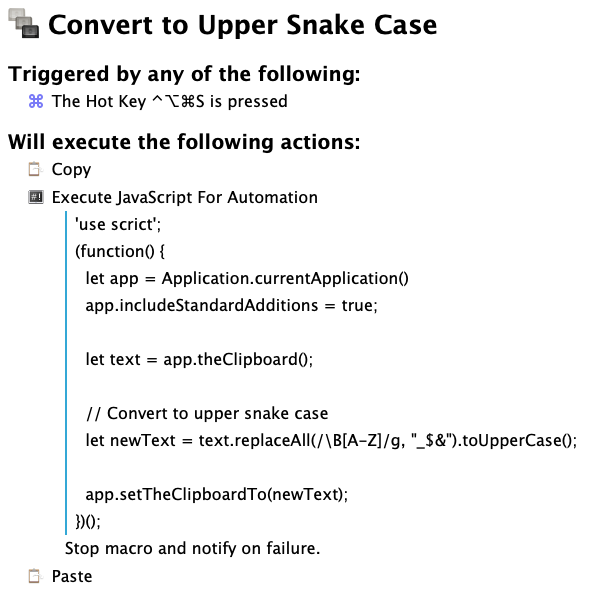
So far I’m impressed. Looking forward to finding other things I can automate away with this.
-
On the subject of birds, I was looking at my status.lol statuses this morning. There are only a handful on there but I saw these two and it made me smile. I obviously posted them while I was looking after my sisters cockatiels last November.
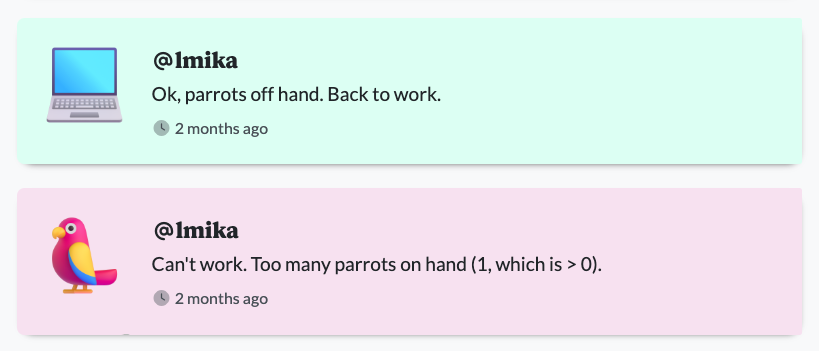
-
Poking Around The Attic Of Old Coding Projects
I guess I’m in a bit of a reflective mood these pass few days because I spent the morning digging up an old project that was lying dormant for several years. It’s effectively a clone of Chips Challenge, the old strategy game that came with the Microsoft Entertainment Pack. I was a fan of the game when I was a kid, even though I didn’t get through all the levels, and I’ve tried multiple times to make a clone of it. Continue reading →
-
Spent the day restyling the Dynamo-Browse website. The Terminal theme was fun, but over time I found the site to be difficult to navigate. And if you consider that Dynamo-Browse is not the most intuitive tool out there, an easy to navigate user manual was probably important. So I replaced that theme with Hugo-Book, which I think is a much cleaner layout. After making the change, and doing a few small style fixes, I found it to be a significant improvement.
I also tried my hand at designing a logo for Dynamo-Browse. The blue box that came with the Terminal theme was fine for a placeholder, but it felt like it was time for a proper logo now.
I wanted something which gave the indication of a tool that worked on DynamoDB tables while also leaning into it’s TUI characteristics. My first idea was a logo that looked like the DynamoDB icon in ASCII art. So after attempting to design something that looks like it in Affinity Designer, and passing it through an online tool which generated ASCII images from PNG, this was the result:
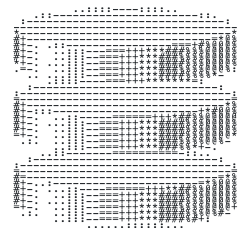
I tried adjusting the colours of final image, and doing a few things in Acorn to thicken the ASCII characters themselves, but there was no getting around the fact that the logo just didn’t look good. The ASCII characters were too thin and too much of the background was bleeding through.

So after a break, I went back to the drawing board. I remembered that there were actually Unicode block characters which could produce filled-in rectangles of various heights, and I wondered if using them would be a nice play on the DynamoDB logo. Also, since the Dynamo-Browse screen consists of three panels, with only the top one having the accent colour, I thought having a similar colour banding would make a nice reference. So I came up with this design:
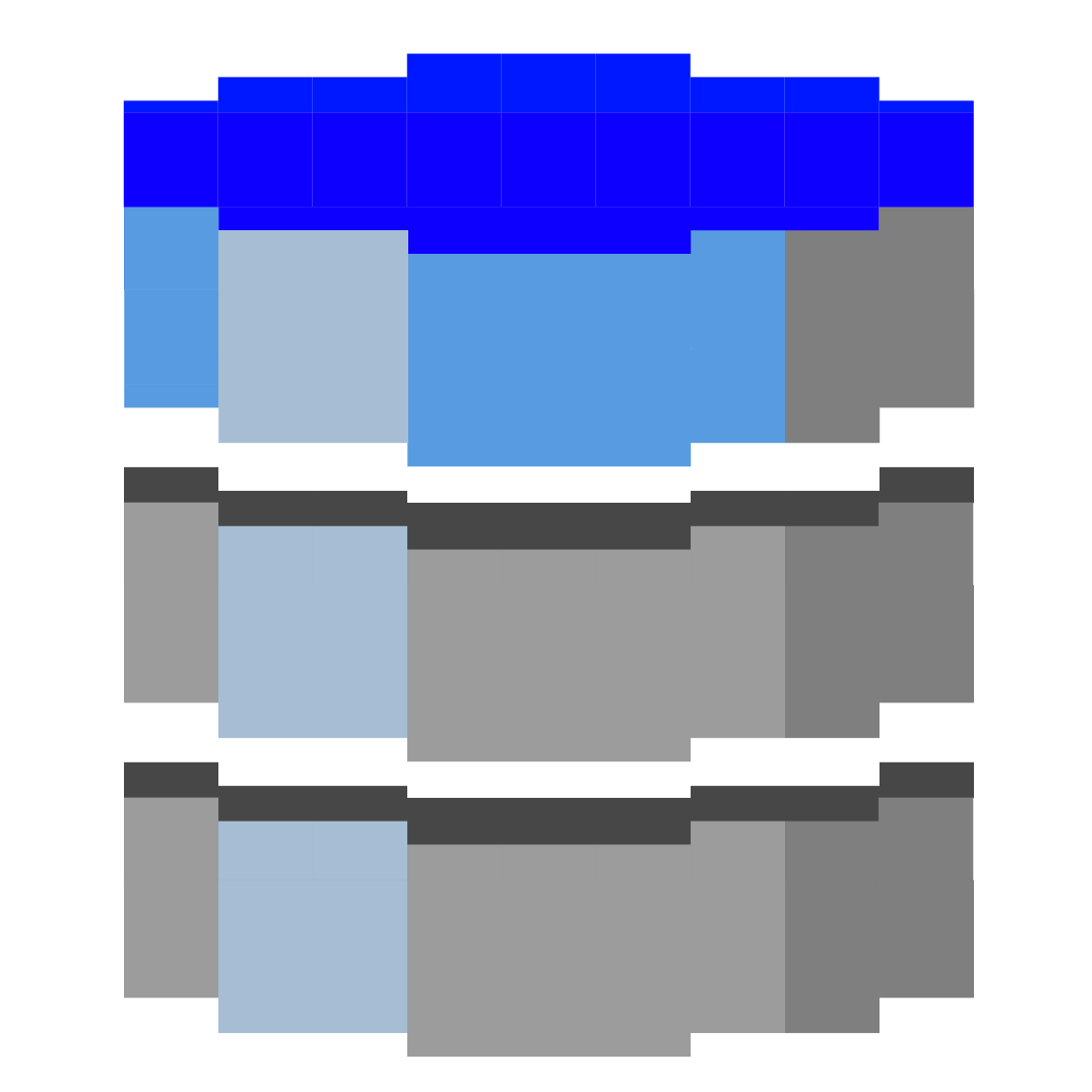
And I must say, I like it. It does look a little closer to low-res pixel art than ASCII art, but what it’s trying to allude to is clear. It looks good in both light mode and dark mode, and it also makes for a nice favicon.
That’s all the updates for the moment. I didn’t get around to updating the screenshots, which are in dark-mode to blend nicely with the dark Terminal theme. They actually look okay on a light background, so I can probably hold-off on this until the UI is changed in some way.
-
Ok, thank you for the insistent reminders, Patreon. I know my subscription for CGP Grey is coming up for renewal. You only need to tell me once. 🤦♂️
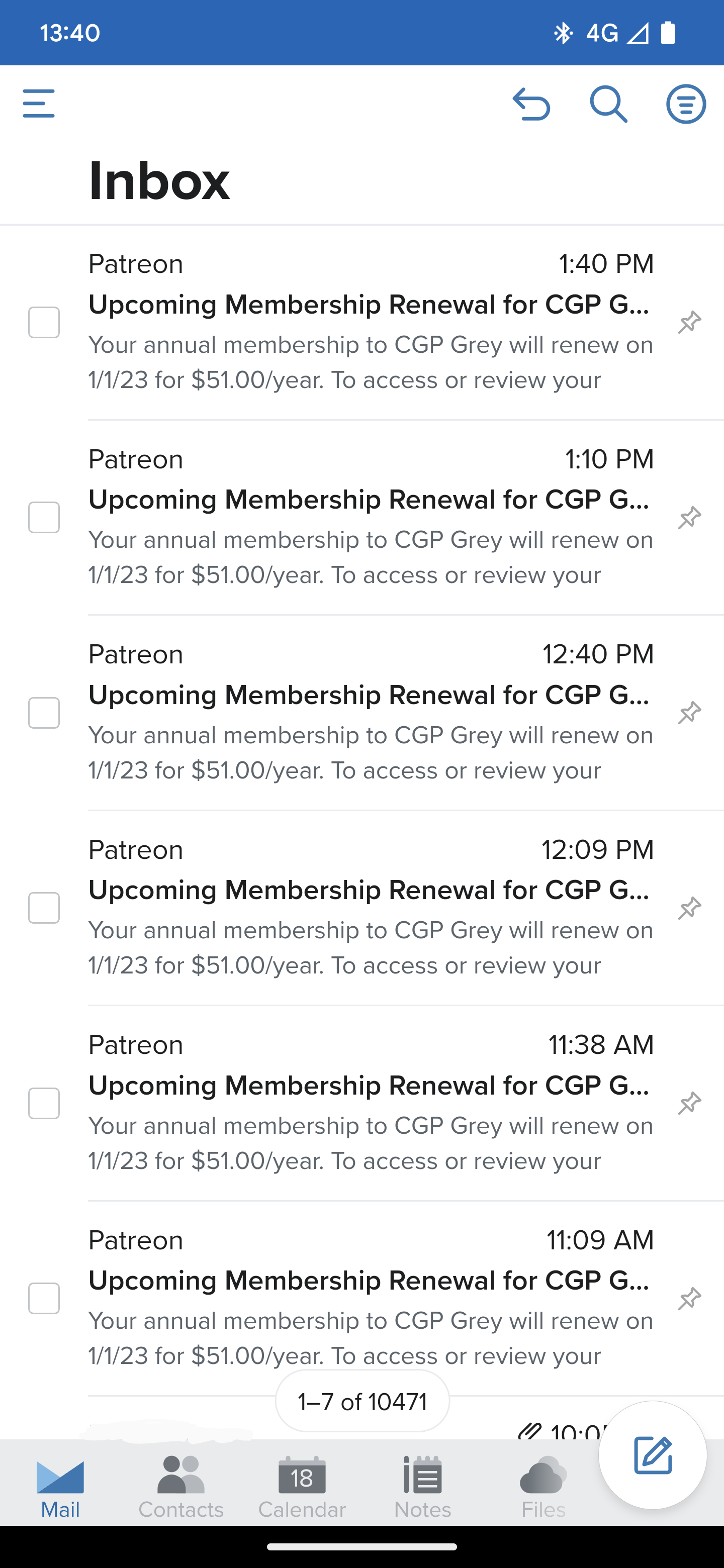
-
Project Exploration: A Check-in App
I’m in a bit of a exploratory phase at the moment. I’ve set aside Dynamo-Browse for now and looking to start something new. Usually I need to start two or three things before I find something that grabs me: it’s very rare that I find myself something to work on that’s exciting before I actually start working on it. And even if I start something, there’s a good chance that I won’t actually finish it. Continue reading →
-
Flight home from the US is next week. I’m hoping for an uneventful trip. The news is not cooperating though. 😏

-
Dynamo-Browse Running With iSH
Bit of a fun one today. After thinking about how one could go about setting up a small dev environment on the iPad, I remembered that I actually had iSH installed. I’ve had for a while but I’ve never really used it since I never installed tools that would be particularly useful. Thinking about what tools I could install, I was curious as to whether Dynamo-Browse could run on it. I guess if Dynamo-Browse was a simple CLI tool that does something and produces some output, it wouldn’t be to difficult to achieve this. Continue reading →
-
Google Photos came up with this amusing suggestion today.
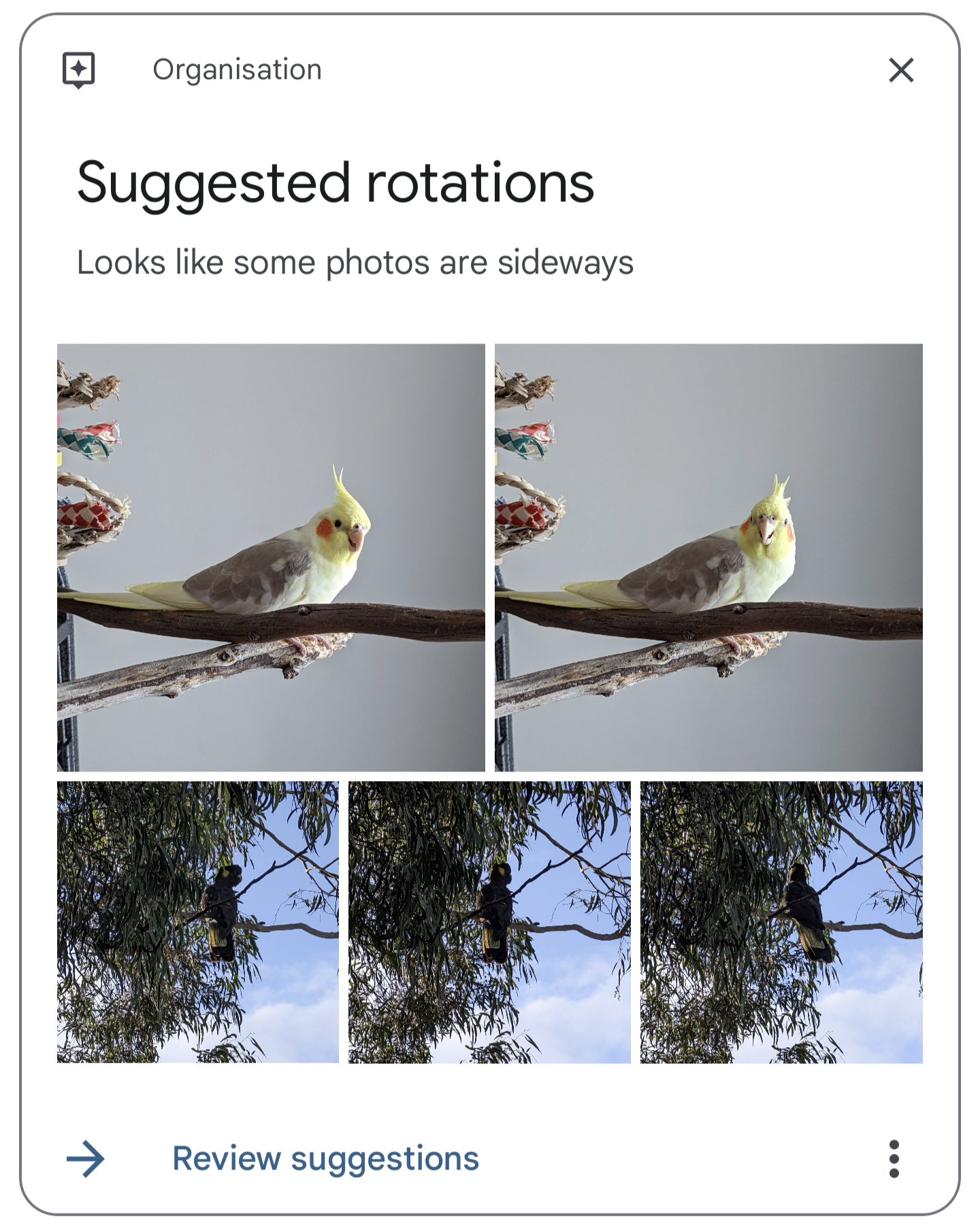
Just to be clear: it was the birds that were rotated, not the camera. 😀
-
Audax Toolset Version 0.1.0
Audax Toolset version 0.1.0 is finally released and is available on GitHub. This version contains updates to Dynamo-Browse, which is still the only tool in the toolset so far. Here are some of the headline features. Adjusting The Displayed Columns Consider a table full of items that look like the following: pk S 00cae3cc-a9c0-4679-9e3a-032f75c2b506 sk S 00cae3cc-a9c0-4679-9e3a-032f75c2b506 address S 3473 Ville stad, Jersey , Mississippi 41540 city S Columbus colors M (2 items) door S MintCream front S Tan name S Creola Konopelski officeOpened BOOL False phone N 9974834360 ratings L (3 items) 0 N 4 1 N 3 2 N 4 web S http://www. Continue reading →
-
Working on recording that how-to video again this morning. Managed to get a take that I’m happy with. This is after maybe 35 recordings in total which didn’t work (wow, video is not easy). Now downloading the trial version of Final Cut Pro to try and edit the thing.
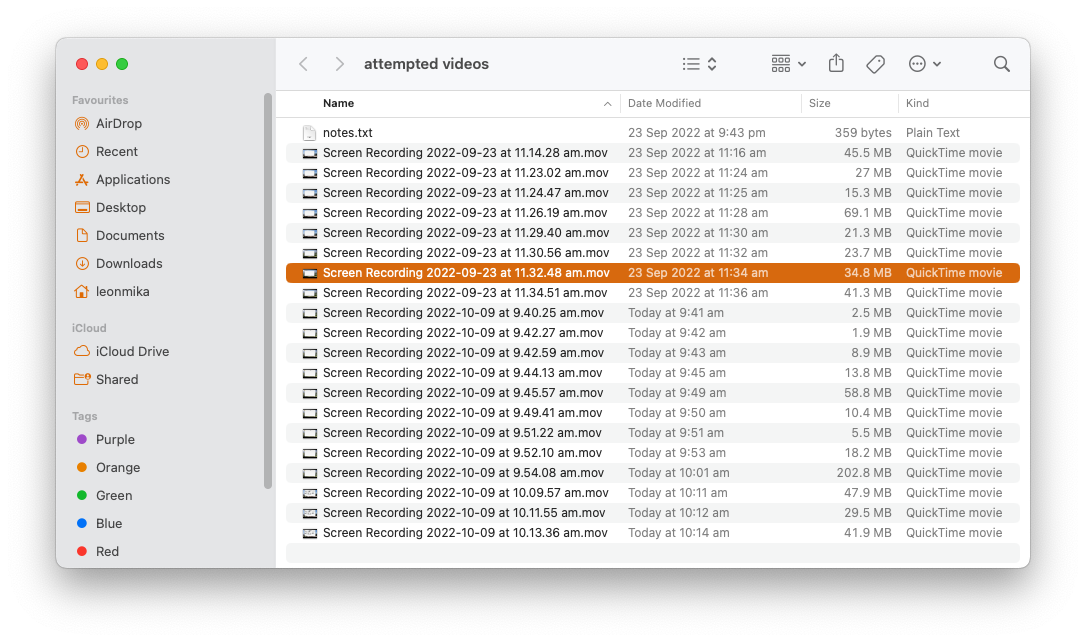
-
Overlay Composition Using Bubble Tea
Working on a new feature for Dynamo-Browse which will allow the user to modify the columns of the table: move them around, sort them, hide them, etc. I want the feature to be interactive instead of a whole lot of command incantations that are tedious to write. I also kind of want the table whose columns are being manipulated to be visible, just so that the affects of the change would be apparent to the user while they make them. Continue reading →
-
🎉
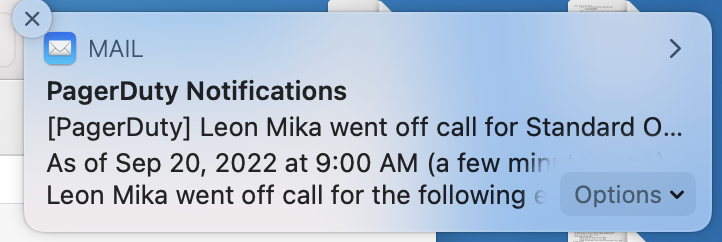
-
Intermediary Representation In Dynamo-Browse Expressions
One other thing I did in Dynamo-Browse is change how the query AST produced the actual DynamoDB call. Previously, the AST produced the DynamoDB call directly. For example, if we were to use the expression pk = "something" and sk ^= "prefix", the generated AST may look something like the following: The AST will then be traversed to determine whether this could be handled by either running a query or a scan. Continue reading →
-
Saw someone at work use Numi to show some maths so I’m giving it a try. Only just started using it but I already like it. Feels very similar to Tot and Boop: a small MacOS utility that fits nicely in that middle-ground between Calculator and a spreadsheet.
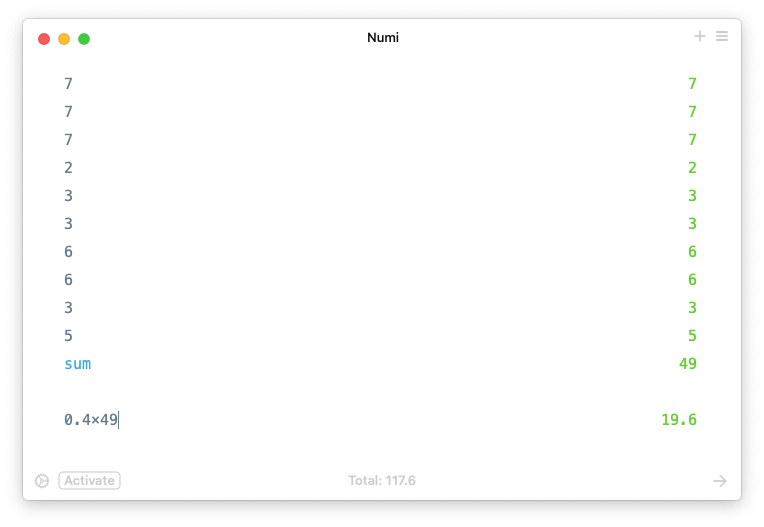
-
It could be that I’m just an old fogie that doesn’t like whimsy, but chalk me up as someone who doesn’t like the wiggling seek bar in Android’s playback notification.
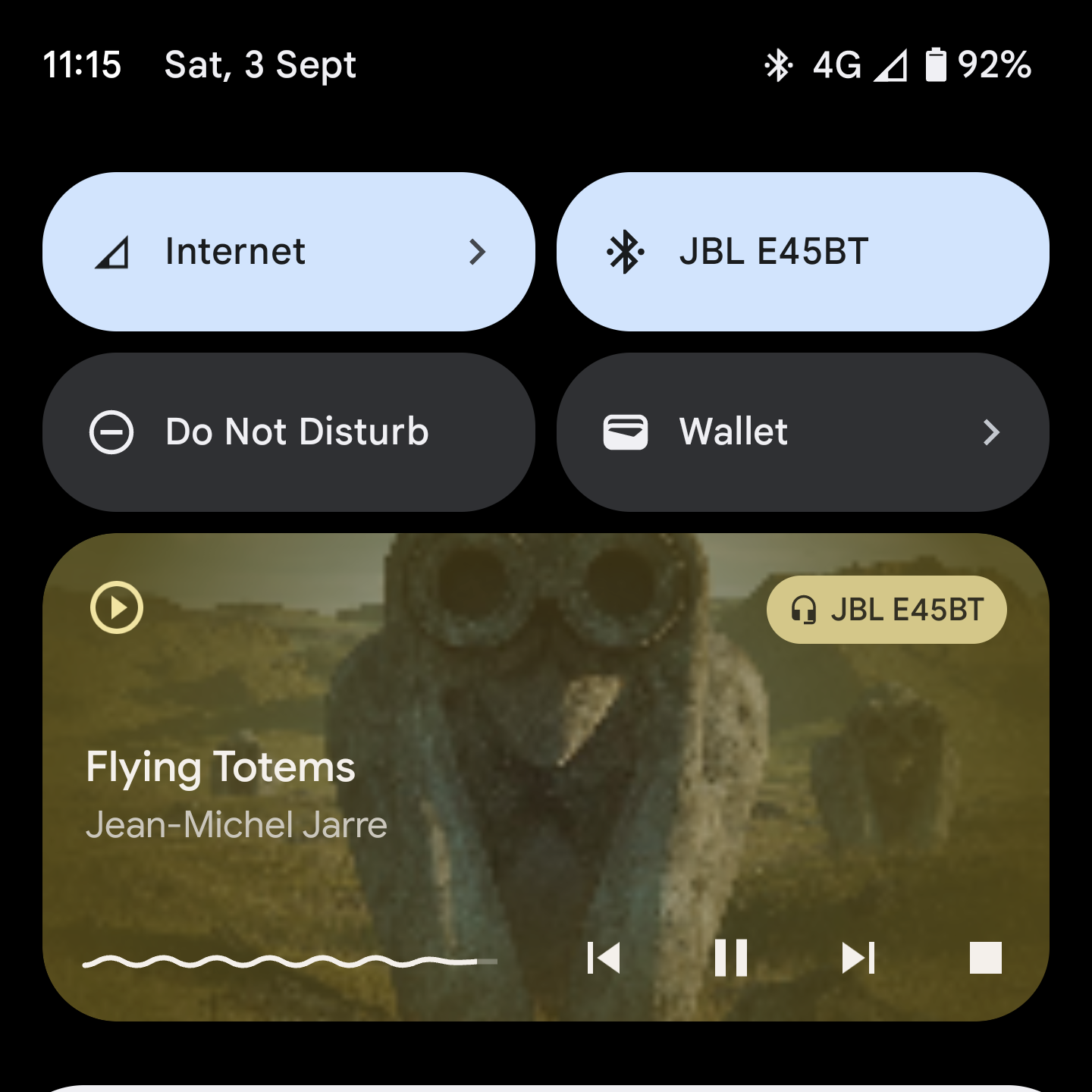
-
You can tell I’m bored at work when I spend time building stupid little utilities for myself instead of actually doing the task I should be doing. Today’s stupid little utility: a TUI tool to list merge requests I’ve posted for review. Saves a trip to the browser.
